Stephanie Goldfarb on 'America's Best Cook' - Episode 2
Permanent link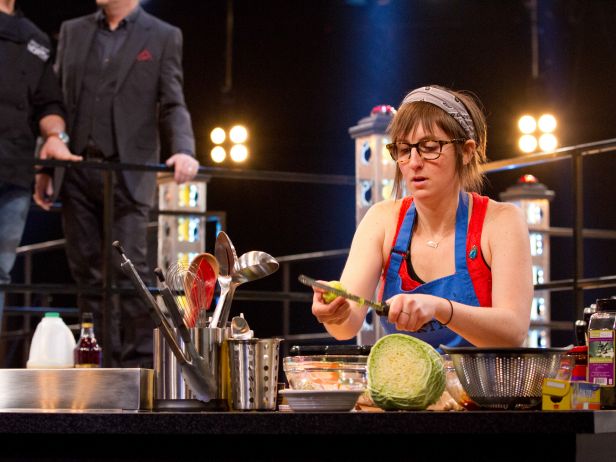
Stephanie does some zesting as she prepares her Asian twist on fish tacos. Photo credit: Food Network
Only two episodes in and things are cooking for Stephanie Goldfarb on “America’s Best Cook,” the new Food Network reality cooking competition that pits the country’s best home chefs against each other with the help of Iron Chef mentors – all for a $50,000 prize and self-explanatory bragging rights.
In case you haven’t heard, Goldfarb, 29, who lives in Edgewater and works as the senior associate of teen initiatives at the Jewish United Fund/Jewish Federation of Metropolitan Chicago, is one of the contestants hoping to win it all, and she’s agreed to check in with Oy!Chicago after each show airs to share her thoughts and behind-the-scenes knowledge.
Last week, Goldfarb won one of two coveted spots on the North region’s team, represented by Iron Chef Michael Symon. (Read the recap.) This week, Goldfarb had to impress guest judge and Food Network star Anne Burrell in order to remain in the competition.
In the first challenge, the remaining eight competitors had to take a comfort food classic such as mac ‘n cheese, tacos or sloppy joes, and dress it up for serving at a gourmet restaurant. Burrell had to save one cook in each region and send the other to an elimination “pressure cooker” challenge based on which dish she liked best.
Goldfarb made an Asian twist on fish tacos, which included her own homemade corn tortillas. But Burrell thought the dish was under-seasoned and the tortilla too thick, so she sent Goldfarb to the pressure cooker challenge. There, she faced off against four other cooks, all tasked with making a knock-out dish from a chicken breast. She made chicken paillard stuffed with prosciutto and sage at Symon’s suggestion, and accompanied it with a shaved Brussels sprouts salad. When Burrell tasted it, she said she would be excited to have it served to her in a restaurant, and declared it the best of the four pressure cooker dishes.
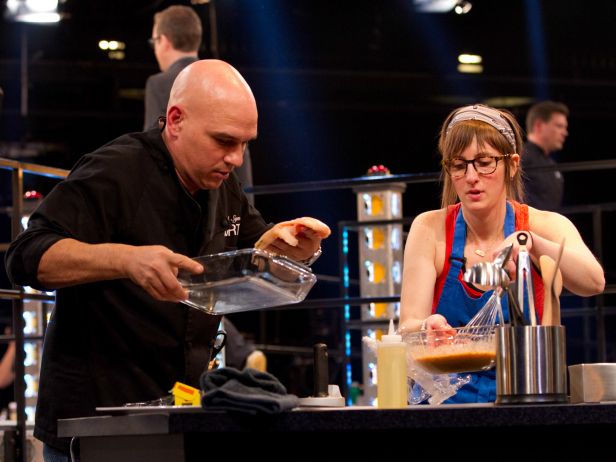
Michael Symon hit the SOS button to help Stephanie pound out her chicken breast more evenly during the pressure cooker challenge. Photo credit: Food Network
1. In this episode we really see your relationship with Michael develop. (Capped off by an explosive high five after you won the pressure cooker challenge!) How would you describe him as a mentor? Was there anything that we didn't get to see on camera in terms of how you built your relationship?
Not to brag or anything, but Team North got the best chef mentor of the bunch. Michael Symon is not only an incredible teacher, but he is also just really fun to be around. Every time we were on the set, we knew if Michael was close by because we could hear his laugh from anywhere we were in the building. When he chose me to be on his team, I felt immediately connected to him because he clearly saw something in me that I didn't even know was there. From that moment on, I saw myself as Michael's student and felt nothing but eager and open to learn everything I possibly could from him. Lucky me, he was not only happy to teach me but also really excited and happy about it. I think the camera really picks up the sentiment of our relationship nicely, and there are definitely some significant moments between us to come.
2. What were you feeling and thinking being part of the first pressure cooker challenge? Looking back do you think it was helpful, despite the pressure, to have that extra experience in the kitchen and working one-on-one with Michael?
I was PISSED when Anne Burrell threw me into the pressure cooker! And I definitely didn't hide my fuming from the cameras. I've been making those tortillas the exact same way for years. Too thick – my ass. But it didn't take me long to realize that being upset wouldn't do me any good, and I after my initial shock, I saw the whole thing as a fantastically selfish opportunity to have the entire cooking station AND chef Symon all to myself. The Pressure Cooker turned into this super fun experience where I got to do exactly what I came to New York to do: cook my ass off in Home Cook Arena, impress the hell out of some of the best chefs in the country, learn, and soak up every single second. I loved every moment of it. Plus, that chicken was freaking delicious.
3. Why do you think your chicken dish was able to impress a hard-to-please Anne Burrell and how cool was it that it did?
The reason why my dish won the Pressure Cooker round is because I took every opportunity to season and flavor the hell out of each component. My fish taco was under-seasoned, and it almost sent me home. Chef Symon helped me consider interesting ways to flavor an otherwise "snore central" (as chef Burrell put it) ingredient, and he also made sure I didn't mutilate my chicken breast. Without him, I would have been toast in that round. When chef Burrell told me I had the best dish, the only thing I wanted to see was the smile on Michael Symon's face. And throw up a little.
The next episode airs this Sunday at 8 p.m.


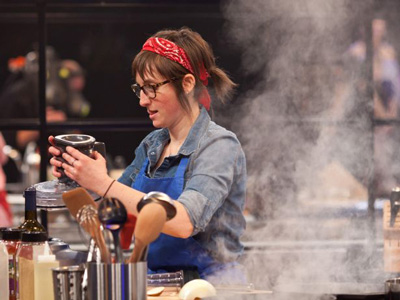
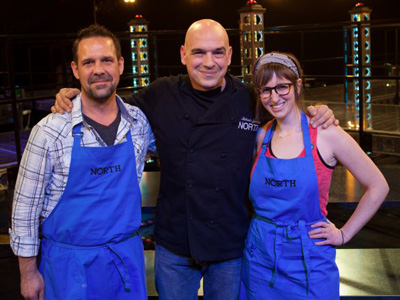
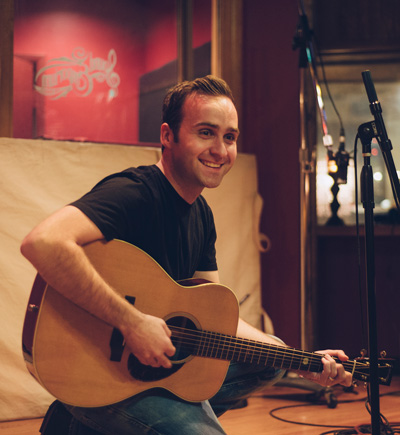


.jpg)



